By Robert Wallace
We now have further information from the UK Government on the changes to the law surrounding the future manufacture of pipes from African blackwood. Within the European Union sales of finished goods will be unaffected; not so elsewhere.
From January 2nd, 2017, African blackwood, melanoxylon dalbergia, will be listed on Appendix 2 of the Convention on International Trade in Endangered Species of Wild Fauna and Flora (CITES). Owing to administrative procedures, it will not be listed in the UK, on what we call Annex B, until the end of January, beginning of February.
The tree takes 60 years to reach full maturity. It has been subjected to extensive poaching and smuggling even in protected areas of Tanzania, one of the main producing countries. Appendix 2/ Annex B listing means the wood is now endangered and must be controlled or it risks extinction. It is not a total ban on its sale or exploitation as a commercial raw material, but it does mean that its use by instrument manufacturers and others will be carefully controlled.
Within the European Union there will be very little change. A pipemaker importing blackwood from a supplier in, say, Germany and selling a finished bagpipe to a customer in the UK or France can continue as before. Finished goods or raw billet, it makes no difference. The only obligation within the EU is that instrument makers must make sure their African blackwood has been legally sourced and imported and that relevant documentation so proving is retained and be readily accessible should inspection of stock be required. Once Britain leaves the EU, arrangements will depend on final legal and trade settlements made as part of the Brexit negotiations. This will most probably be a couple of years down the line.
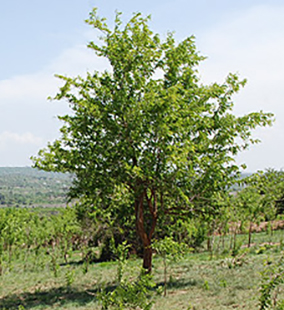
For ex-EU sales things are more complicated and could have significant ramifications for Scotland’s independent retailers and, for example, the shops at the National Piping Centre and the College of Piping who buy instruments here to ship to their customers – mostly individuals – outwith the EU. As is explained below, these customers may now be more likely to buy from a local distributor and save themselves a lot of paperwork and additional expense.
The respected bagpipemakers who advertise with Piping Press: RG Hardie, Kilberry, D Naill, RT Shepherd, McCallum, and Wallace are all committed to using only certified blackwood. These companies already supply outlets throughout the US, Canada, Australia, New Zealand and elsewhere. This supply chain is unlikely to be interrupted by the new legislation and we would urge all readers to continue to support these firms and their products.
How Will Import/Export of African Blackwood Products Work?
Each shipment to a country outwith the EU will require an export licence from the UK CITES Management Authority’s Centre for International Trade in Bristol, with the overseas customer – individual or company – applying for an import licence from their own country’s CITES authority. (In the US this will be the Fish and Wildlife Service and in Canada the Canadian Wildlife Service). The cost of such an export permit in the UK is a minimum £59 and each shipment can take 15 working days to process. Manufacturers could ship 10 or more sets of African blackwood pipes plus wooden practice chanters, repairs etc. but still only pay one licence fee, so the cost to them at this end will not be prohibitive. Applications can be done online with payments by credit card, or by cheque and snail mail.
Each UK shipment must have the required paperwork and be stamped as in order by UK Customs/ Border officials. This is absolutely vital, a legal requirement. The advice is that manufacturers should only use couriers who will guarantee that this is done. Without this stamp, goods will most probably be impounded and require extensive negotiations for recovery. All shipments should also have a correct description of contents and be signed and dated too.
The customer, be they trade or individual, in whatever ex-EU country, needs to obtain the relevant import documentation from their government’s CITES authority. Regulations and levels of red tape vary country to country. The US is particularly strict. We have heard stories that the US FWS can take 90 days to issue import licences but this may be apocryphal. [wds id=”6″]The strong advice I have obtained from CITES in the UK is that forthwith manufacturers should clearly mark their instruments with a number – a number which can be linked to the original shipment of pipes and thence to the original pallet of unworked wood. This is what piano manufacturers do at present. Each instrument can be traced back almost to the tree from which its rare timbers were sourced. For pipe makers this would mean stamping 14 bagpipe joints with the same trackable code number, but they would thus create an audit trail the authorities could check instantly on computer. Perhaps troublesome in the workshop, but something that could quickly resolve any dispute.
Can I Take My Pipes Abroad?
Pipers travelling with their instruments should not be affected by the new regulations. We are covered under ‘musician’s use’ which means that anything under 10 kilos would not be treated as a commercial export and would not, therefore, require documentation. This is the UK stance and again, attitudes can vary country to country, so if your pipes are relatively new it would be as well to carry a receipt or some such proof of date of manufacture showing they were made pre-January 2nd. The new CITES legislation is not retrospective. If you are buying new pipes after January 2nd make sure they come with relevant CITES documentation. Copies should be provided free of charge by your supplier. If you have made a sole purchase directly from a manufacturer in the UK you will already have the CITES import permit you needed to bring the instrument into your country in the first place.
Other Ramifications
Where the new rules could adversely affect the bagpipe trade is in the sale of smaller items such as wooden practice chanters, but, remember, only outwith the EU. Henceforth it may not be commercially viable for an individual to go through the buying process directly with a manufacturer in the UK. Better probably to buy from a retailer in the home country who has already paid the required dues and this way save the hassle and cost of an import licence – this may cost more than the practice chanter itself.
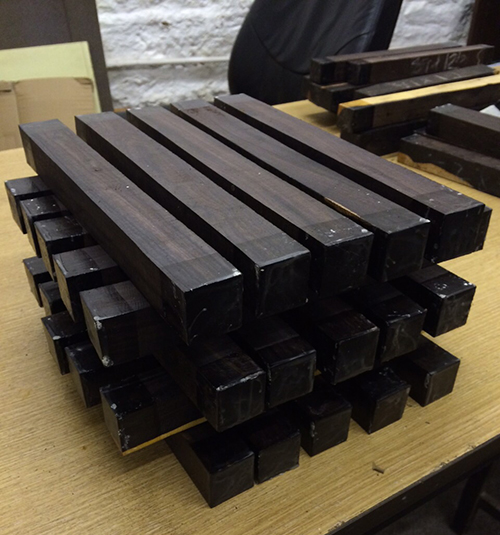
Repairs too may prove a bugbear. Each piece of blackwood has to be treated in the same way as a full set of pipes – even if it is replacing, for example, a cracked stock on a set already processed within the CITES regime. Again this could be circumvented by exporting the repair as part of a larger shipment.
Further Information
There will be a meeting in January of the UK Musical Instruments Industries Association and the UK government’s CITES authority and more details are expected to emerge then. For now, manufacturers are advised that any pipe shipments outwith the EU scheduled post-January should get their export licences in train as soon as possible.
The UK government agency also advise that manufacturers here contact their ex-EU customer(s) to encourage them to begin the process of obtaining a relevant import licence, otherwise any shipment could be seriously delayed. They should also find out from them exactly what the local receiving officials will be requiring in terms of paperwork, labelling, authentication stamps etc. so that they can comply at the point of shipping.
A CITES expert from the department in Bristol said: ‘An Annex B/Appx.II listing means that there is free movement within the EU without CITES documentation of the wood, or products made from it. However once a species is listed on Annex B, then it requires both import and (re) export documentation, for import and re-export to and from third countries outside of the EU. Permits must be endorsed by the Border Authorities at both ends for the transaction to be legal. We currently have no plans to ask holders of the wood to register their stock. You can however be asked to show that the wood was legally imported or is pre-convention [pre-Jan 2] so this needs to be borne in mind.
‘The new legislation all sounds a lot of work for manufacturers but things will settle down after a while once people get used to trading under these slightly different rules. This is all for the good of the sustainable supply of this precious wood. Why wouldn’t a piper want to have an instrument he knows has been properly sourced from a bona fide grower? I think most people who are making this sort of purchase would be prepared to spend a little bit more money and time safe in the knowledge that they have done the right thing.’

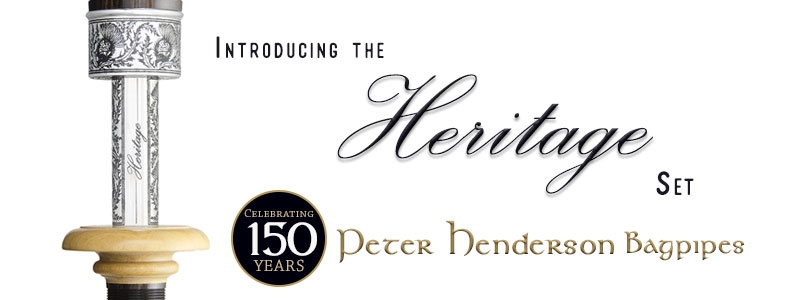

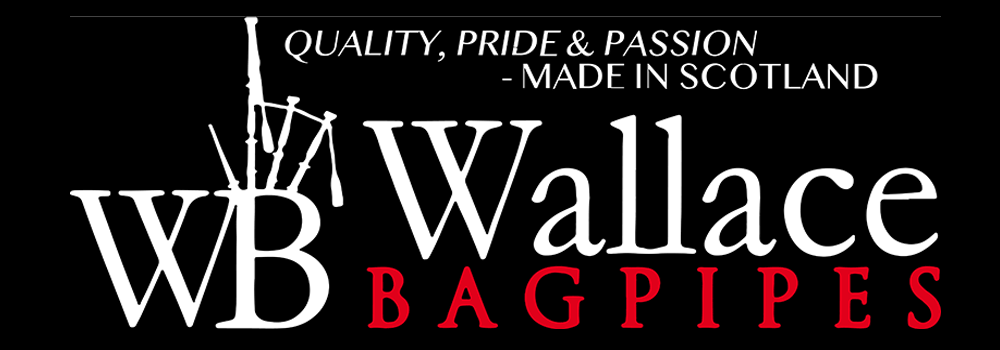
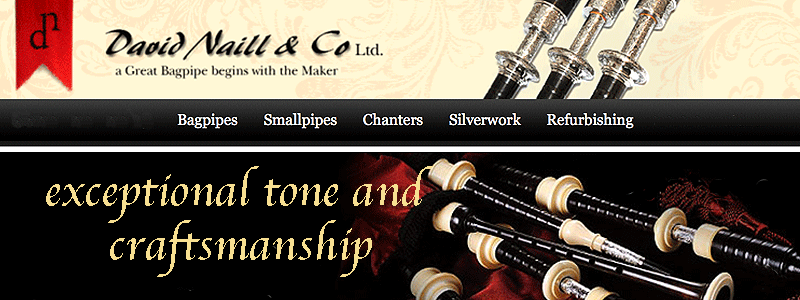










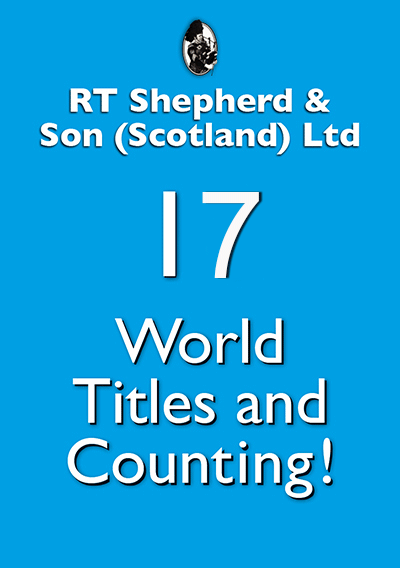








Many thanks for your reply, Robert! We’ll just have to see how it goes! It will be interesting for people (like me) who have bought recent second-hand instruments, and won’t have an easy way to prove the provenance of the wood!
The article states “A CITES expert from the department in Bristol said: ‘An Annex B/Appx.II listing means that there is free movement within the EU without CITES documentation of the wood, or products made from it. However once a species is listed on Annex B, then it requires both import and (re) export documentation, for import and re-export to and from third countries outside of the EU. ”
So presumably, if and when (bits of) the UK leave the EU, they will become a “third country outside the EU” and the requirement for import and export licenses described above will begin to apply?
As I said earlier Duncan everything regarding the EU depends on the trade deal that emerges after the Brexit negotiations so we’ll have to wait and see. It is entirely possible that EU countries that are exempt at the moment will fall under the CITES umbrella a couple of years down the line. RW